UPDATE: October 7 at 10:41 a.m.
The acreage burned remains the same, 72,998, Monday morning. The change comes in containment: Big Horn National Forest said the fire is 10% contained and 680 people are attacking the blaze.

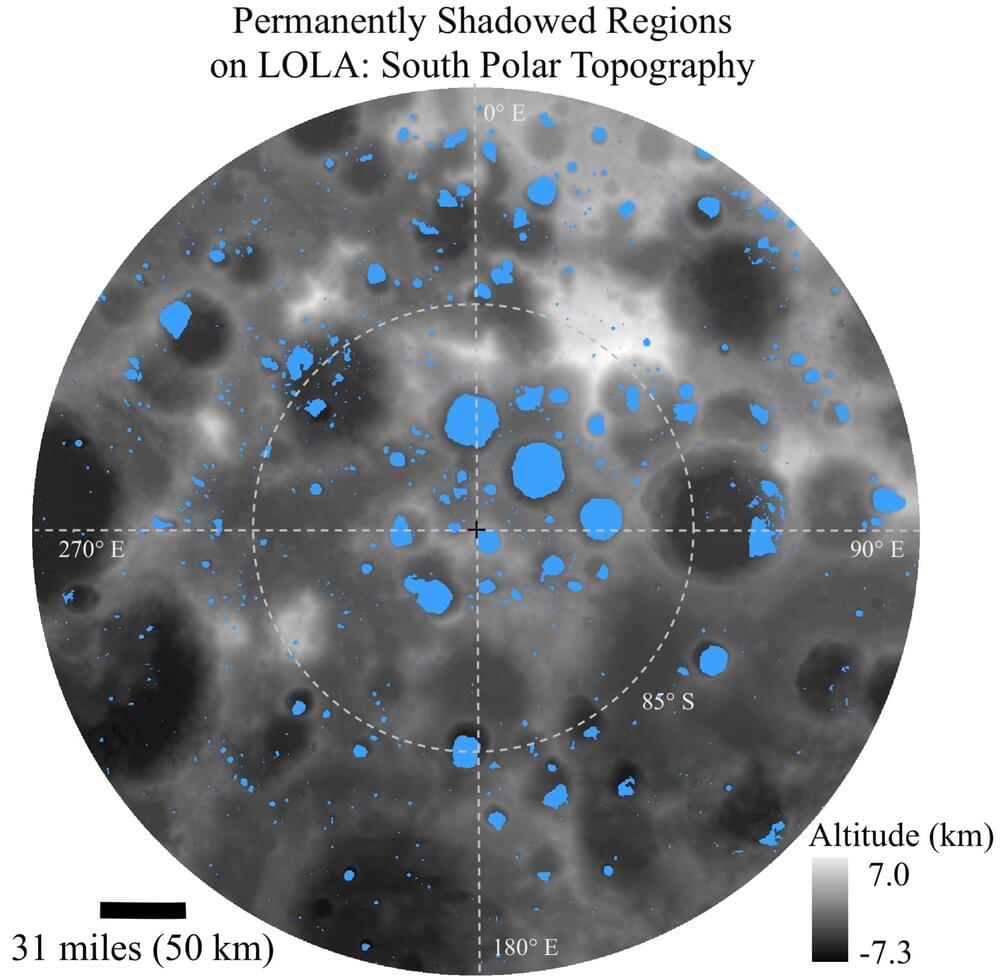
Scientists have discovered far more water ice deposits near the Moon’s south pole than previously hypothesized, which could help astronauts on future crewed missions to the lunar surface.
How much water ice could be present within the permanently shadowed regions (PSRs) near the Moon’s south pole? This is what a recent study published in The Planetary Science Journal hopes to address as a team of researchers investigated how water ice deposits could exist hundreds of miles beyond the PSRs located near the south pole, as opposed to close proximity to the south pole as previous studies have hypothesized. This study holds the potential to enable future crewed missions to locate water ice deposits, which could assist in water usage, oxygen generation from electrolysis, fuel, and energy.
For the study, the researchers used NASA’s Lunar Reconnaissance Orbiter (LRO) to obtain data on hydrogen concentration within several PSR craters near the lunar south pole, along with potential sources of the hydrogen concentrations. The reason PSRs are targets for water ice is due to their extreme depths where sunlight doesn’t reach, resulting in temperatures well below-freezing and the accumulation of water ice over millions, if not billions, of years. The team found that hydrogen concentrations existed in craters several hundred miles from the direct south pole and with temperatures below 75 Kelvin (−198.15 degrees Celsius/-324.67 degrees Fahrenheit). Additionally, the team also concluded that the likely sources of the hydrogen concentrations were from a variety of sources, including solar radiation, comets, and meteorites.

Our longevity may actually turn out to have a hard limit. In a new study this week, scientists show that the long rise in our collective life expectancy seen during the 20th century has started to slow down as of late. The findings suggest that focusing on simply expanding our lifespan might be short-sighted, the researchers say.
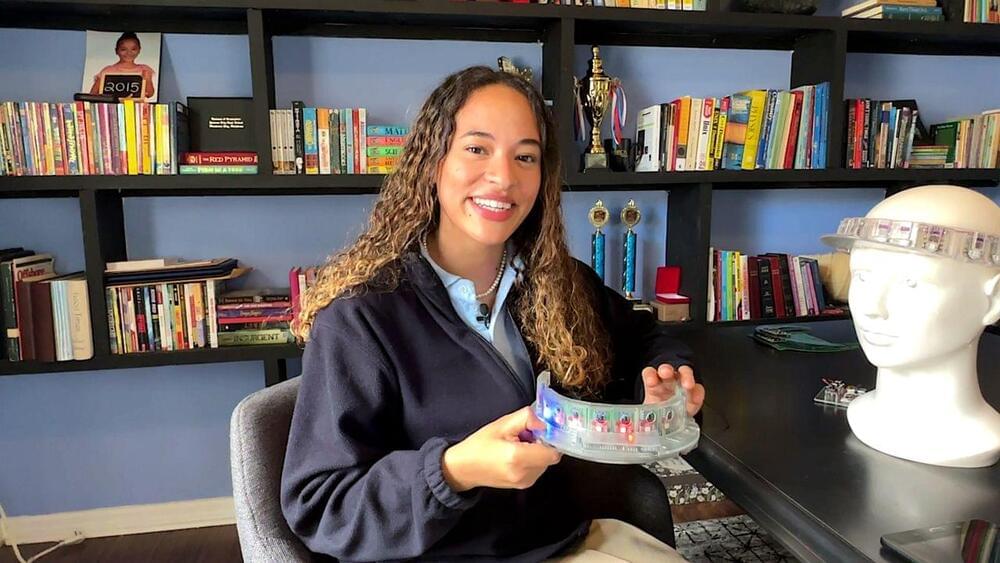
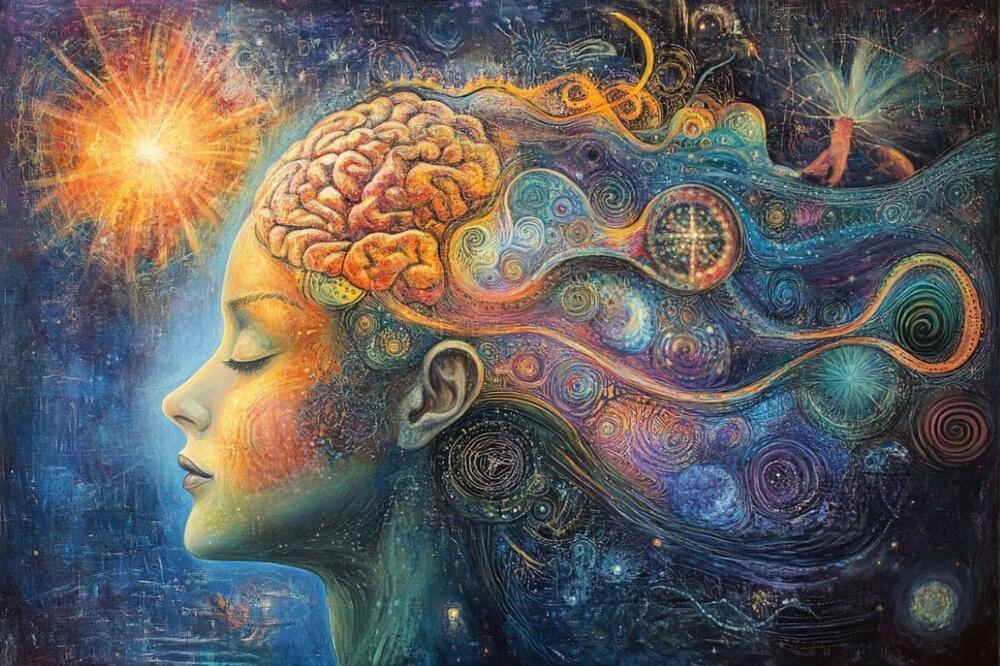
Summary: A new study has shown that conscious thought relies on synchronized brain rhythms to maintain communication between sensory and cognitive brain regions. Under general anesthesia, this rhythm-based communication breaks down, disrupting the brain’s ability to detect and process surprising stimuli.
The research provides evidence that specific brain frequencies enable conscious awareness by linking the front and back of the brain, where cognitive and sensory functions reside. This finding sheds light on the neural mechanisms of consciousness and offers insights into how anesthesia disrupts our ability to perceive and respond to unexpected events.

Summary: A recent study has mapped how molecules in food interact with gut bacteria, revealing why people respond differently to the same diets. By examining 150 dietary compounds, researchers found that these molecules can reshape gut microbiomes in some individuals, while having little effect in others.
This breakthrough could enable personalized nutrition strategies to better manage health risks. The findings offer a deeper understanding of the gut microbiome’s role in health and disease.

Ian Pamerleau: “We used multiple observations made with Dawn data as motivation for finding an ice-rich crust that resisted crater relaxation on Ceres. Different surface features (e.g., pits, domes and landslides, etc.) suggest the near subsurface of Ceres contains a lot of ice.”
Was the dwarf planet Ceres once an ocean world like Europa and Enceladus? If so, how did it become the cratered and icy world we see today? This is what a recent study published in Nature Astronomy hopes to address as a team of researchers from Purdue University and NASA’s Jet Propulsion Laboratory (JPL) investigated the formation and evolution of the internal geological processes of Ceres and how this could help scientists better understand ocean worlds throughout the solar system.
“We think that there’s lots of water-ice near Ceres surface, and that it gets gradually less icy as you go deeper and deeper,” said Dr. Mike Sori, who is an assistant professor in the Department of Earth, Atmospheric, and Planetary Sciences at Purdue University and a co-author on the study. “People used to think that if Ceres was very icy, the craters would deform quickly over time, like glaciers flowing on Earth, or like gooey flowing honey. However, we’ve shown through our simulations that ice can be much stronger in conditions on Ceres than previously predicted if you mix in just a little bit of solid rock.”
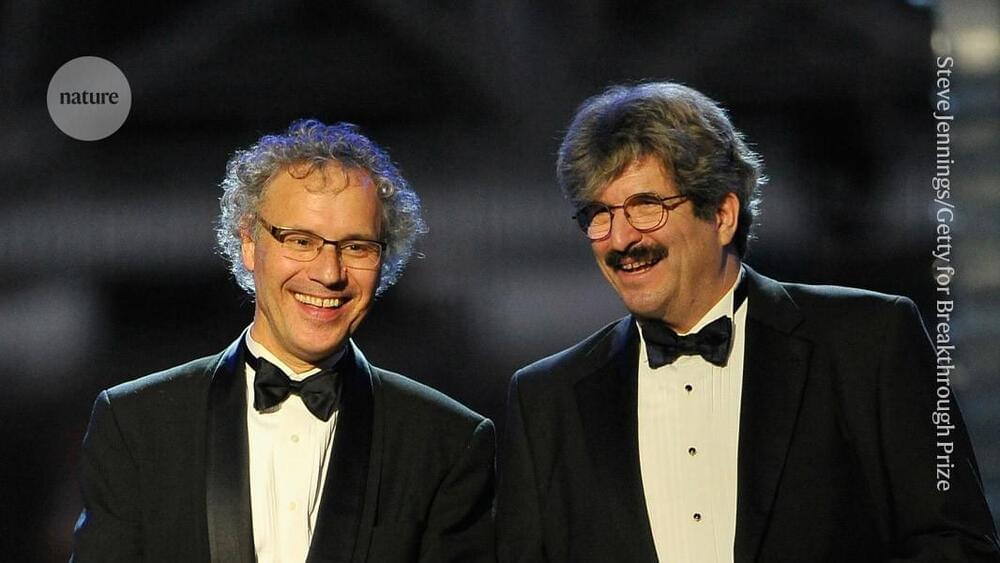
The 2024 Nobel prize in physiology or medicine has been awarded to Victor Ambros and Gary Ruvkun, who discovered microRNAs, a class of tiny RNA molecules that help to control how genes are expressed in multicellular organisms.
MicroRNAs perform a multitude of tasks in complex organisms, from…
Victor Ambros and Gary Ruvkun identified a class of tiny molecules that have a crucial role in controlling gene expression.
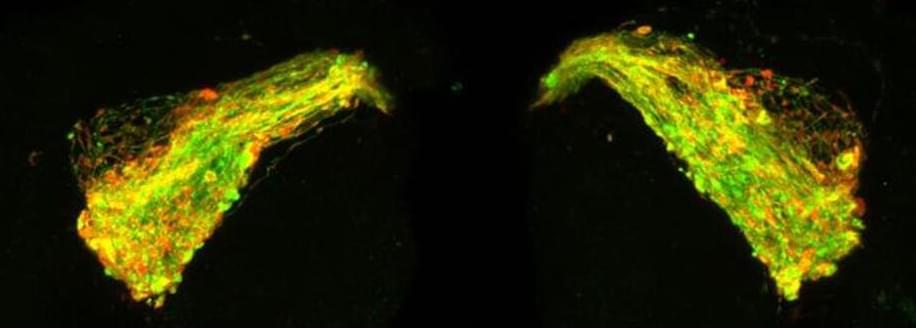
AI-powered assistants are set to become a part of daily life, offering guidance and reminders through body-worn devices that blend AI with XR.